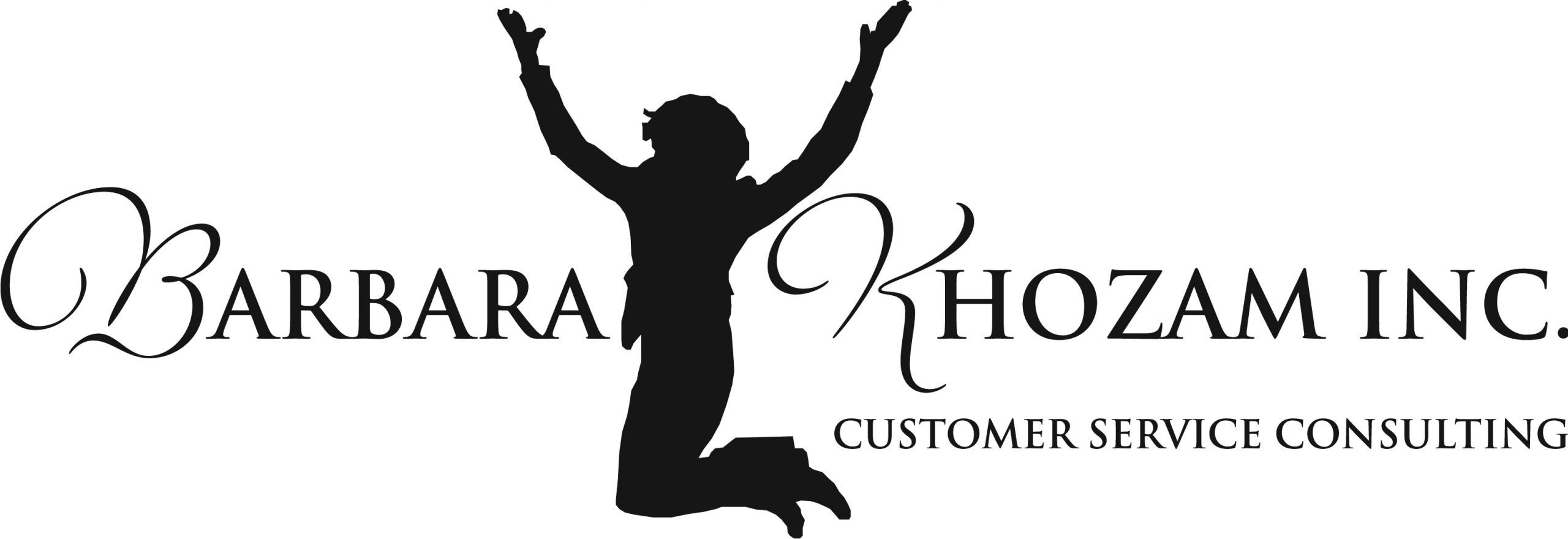If you say it fast and with enough technical difficulty, they’ll just go away.
Negative Ned Says…
“I must demonstrate that I am smarter than my customers; otherwise, they won’t listen to me and respect me. I feel smug that I know so much more than they do. The more acronyms, jargon, and slang I use, the better. I’ll know I’m on the right track when I see the look of confusion on their faces. I can always end with, ‘You want to buy this or not?’”
Positive Paul Says…
“Although jargon and acronyms may come naturally to you and your colleagues, many of your customers have no clue what you are talking about. Consequently, they will feel dumb. Most will not ask for clarification for fear of sounding stupid. One easy way to tell if your customer understands you is to simply watch his face. If his eyebrows are furrowed or he has a blank look on his face, it may be a good time to stop, pause, and rephrase your statement using simple language.
Another approach is to ask clarifying questions. However, some questions work better than others. For example, yes/no (close ended) questions will not typically elicit the response that you need. Questions like, ‘Do you understand?’ or ‘Do you have any questions?’ won’t work either. What’s better is to ask questions that will elicit the replies you need (open-ended questions) like, ‘What part of my explanation was confusing?’ or ‘I want to make sure I was clear. What’s your understanding of the purpose of the video cord?’
When asking open-ended questions, you can determine if your customers truly understand your message by getting them to state what needs clarification.”
A Real World Example
Henry from Tennessee tells this story:
“I went into a Target store with my elderly mother to buy a very basic cell phone for her. I didn’t really know what I was looking for and turned to an employee for assistance. The employee immediately started talking very fast and showed us all the phones that had fancy features. I was so confused that I didn’t say a word. Finally after a few moments, the employee saw my look of confusion, then paused and slowly asked, ‘Is this what you were looking for?’
I replied, ‘Well, this phone is for my mother. We just want her to have something in case of an emergency.’
The employee then slowed his pace, and said, ‘Oh, you will want to get her one of these.’ The employee took me – and my mom – over to another section that had just what we wanted. He took his time and used simple language to explain all the necessary components, while pointing out the phone that would be the best option for the lowest price. We left happy and were impressed with the employee’s time and helpfulness, as well as his ability to speak in language we understood.”
Moral to the story: Keeping your language simple with customers makes your message ring true.
Strategies to Turn This Around
Speak in simple language.
- Avoid acronyms, jargon and slang.
- Ask open-ended questions.
Remember: If the customer looks confused, he probably is.
“I think we invent jargon because it saves time talking to one another.”
— John M. Smith
© 2012 by Barbara Khozam Inc. All rights reserved. No part of this message may be reproduced or transmitted in any form or by any means, electronic or mechanical, including photocopying, recording, or by any information storage and retrieval system without written permission of the publisher.
